Handprints on a sidewalk. Chalk art on a bridge. Murals on the concrete channel of the Los Angeles River. The
READ MORE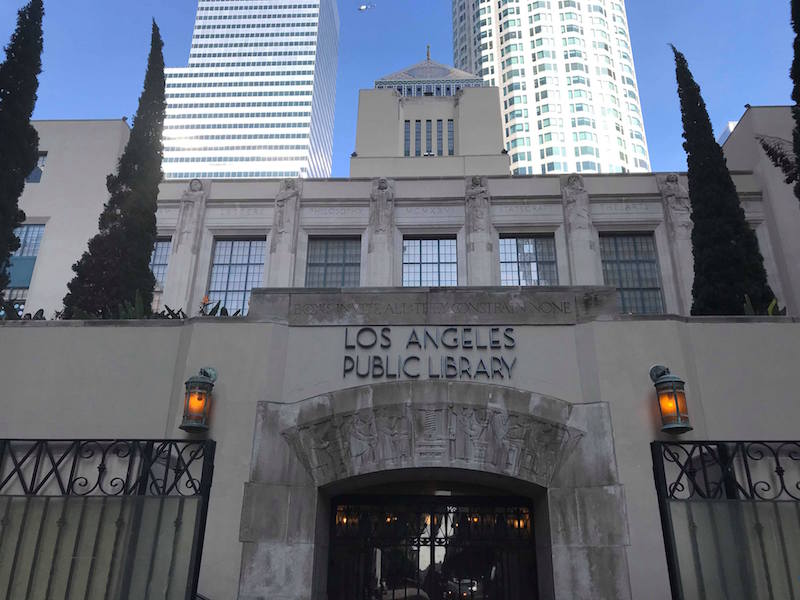

Handprints on a sidewalk. Chalk art on a bridge. Murals on the concrete channel of the Los Angeles River. The
READ MORE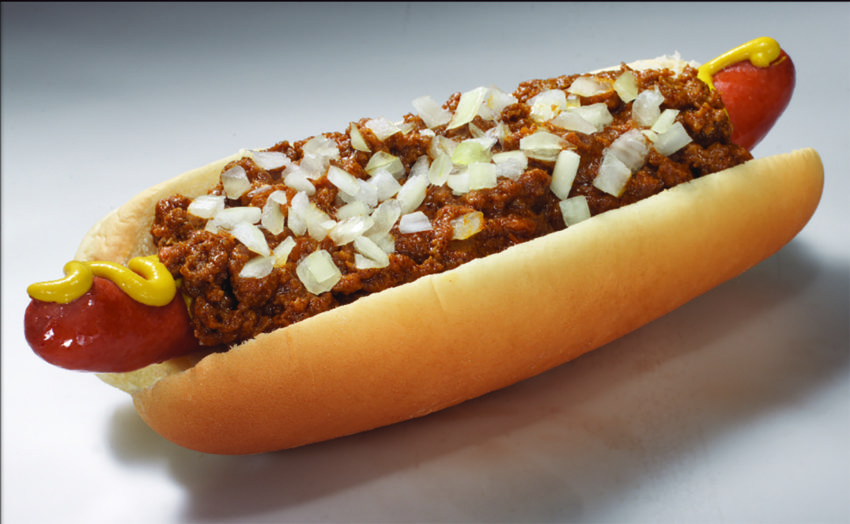
In 1939, Betty and Paul Pink set up a hot dog cart at the corner of Melrose Avenue and La
READ MORE
Vegan restaurants are all over L.A., but a new vegan restaurant on the Sunset Strip is bringing vegan comfort food
READ MORE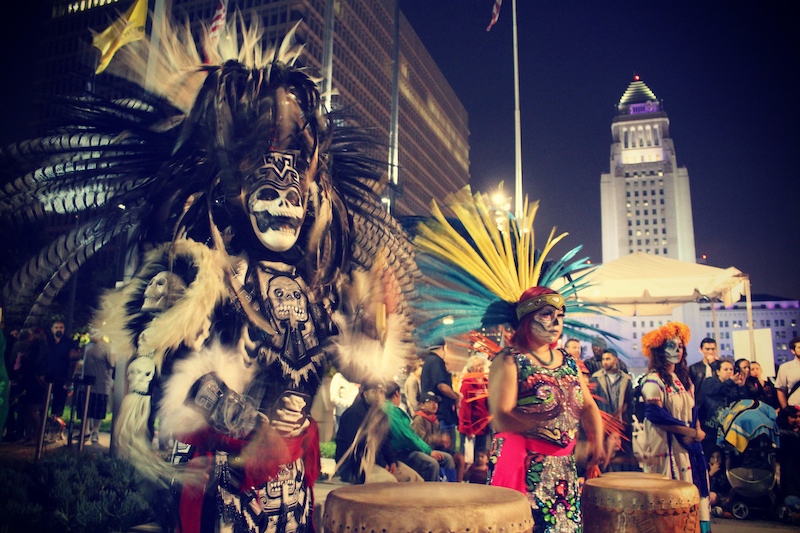
Dia de los Muertos might be the definitive Los Angeles holiday. Our noir history and film industry spectacle make L.A.
READ MORE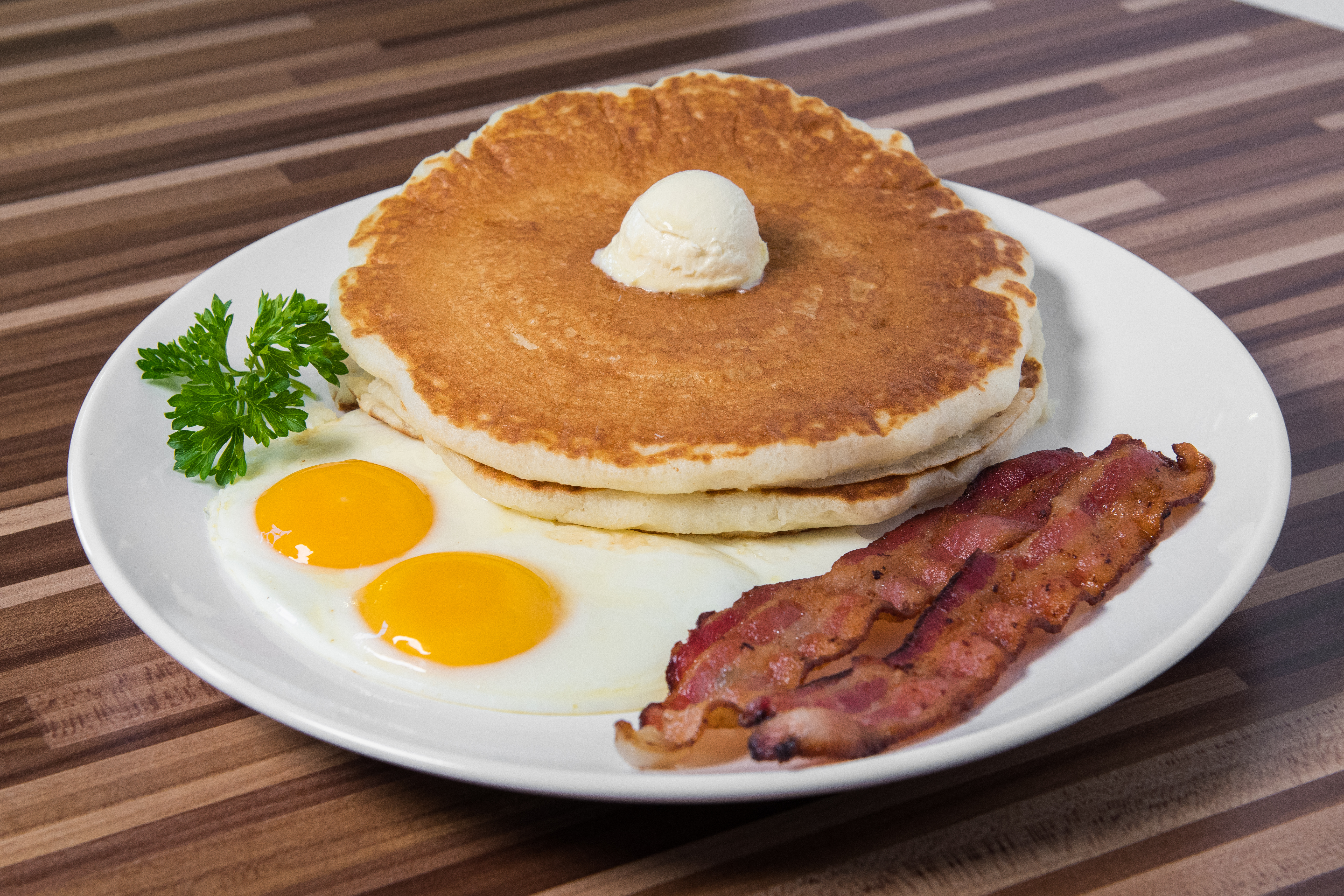
It’s been 70 years since Norm Roybark opened his first namesake diner. While the original Sunset and Vine Norms is
READ MORE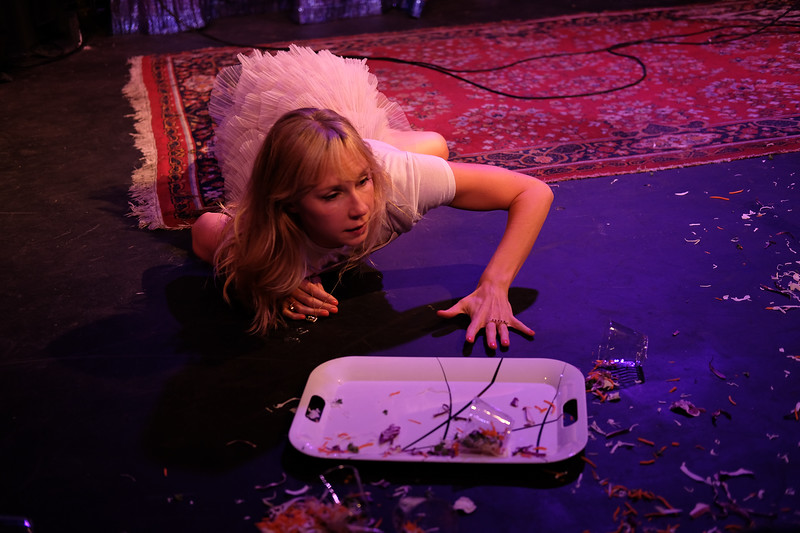
A tapas dinner date can easily go one of two ways. The small-bite, multi-course Spanish style of eating can dazzle
READ MORE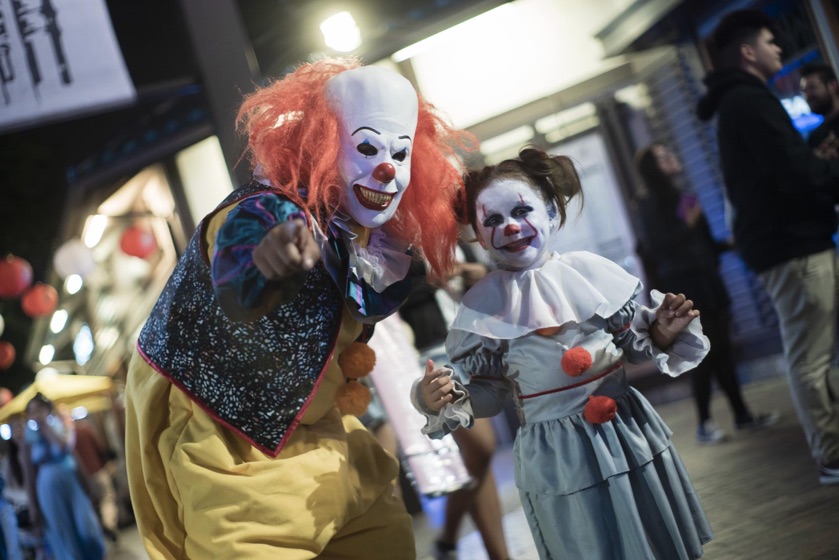
Now in its third year, Haunted Little Tokyo is filling one of Los Angeles’ most historic and exciting neighborhoods with
READ MORE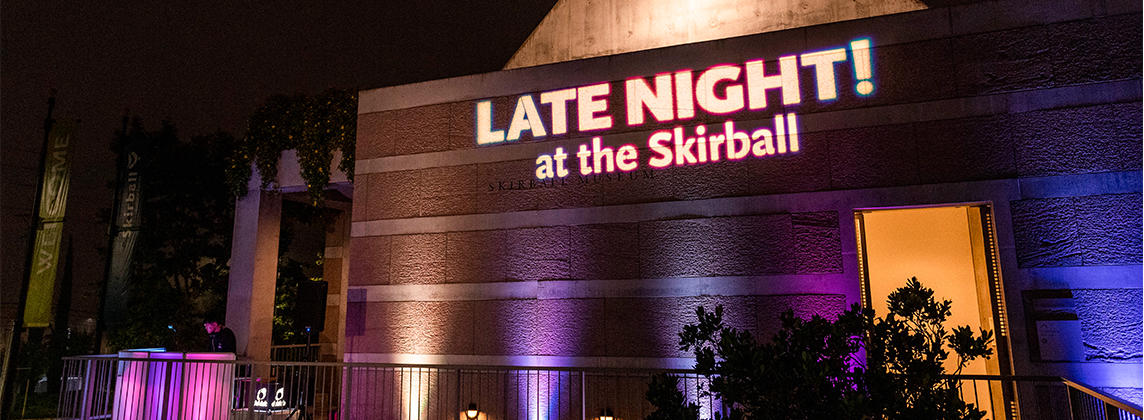
Stanley Kubrick is considered one of the most influential directors of all time, a genre hopping filmmaker who was equally
READ MORE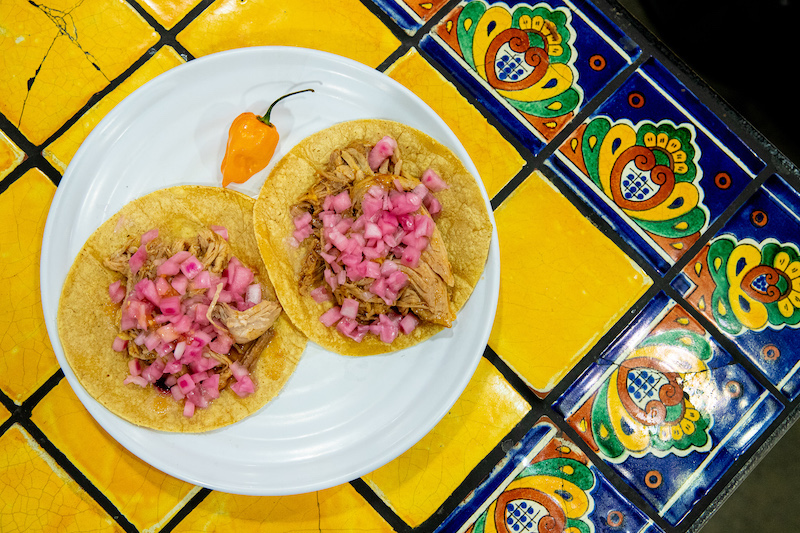
The late Jonathan Gold once said that “A taco, it could be argued, is the basic unit of consumption in
READ MORE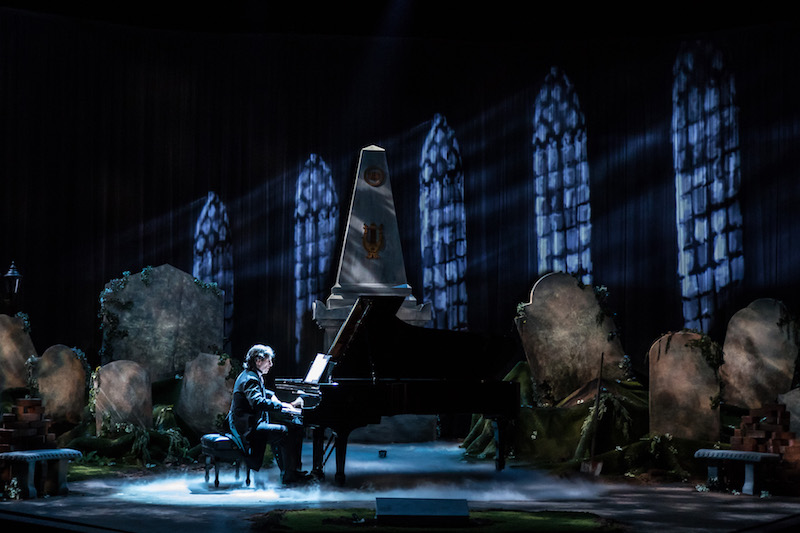
For nearly twenty years, Hershey Felder has brought famous composers to life on the stage. From his 2000 production George
READ MORE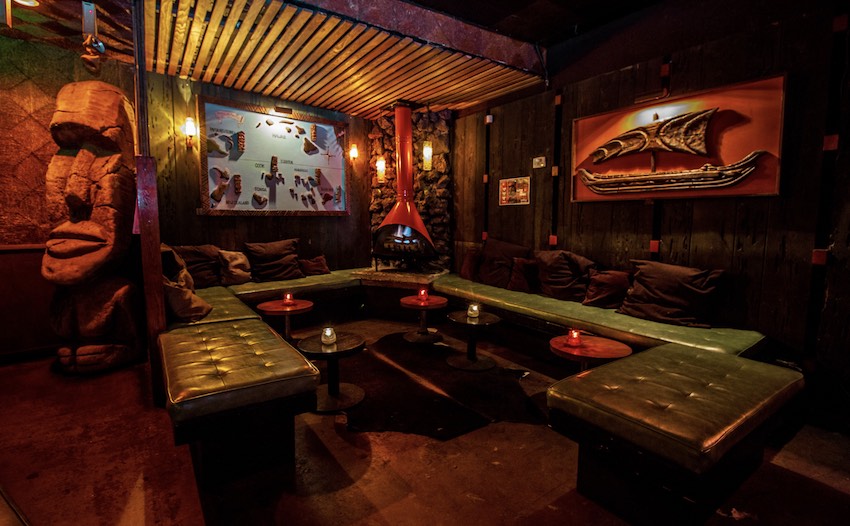
Tonga Hut, Los Angeles’ oldest tiki bar, wasn’t the city’s first; when it opened 60 years ago, it was just
READ MORE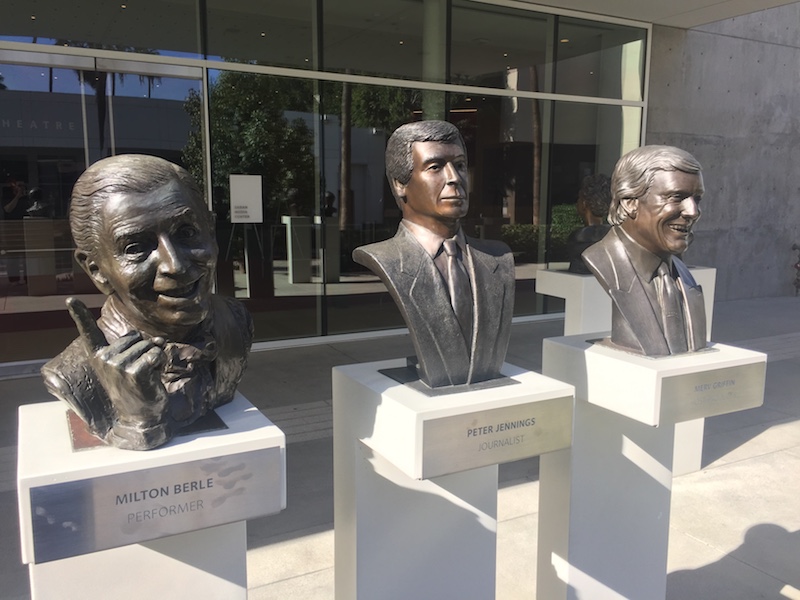
In the North Hollywood Arts District, there’s an unassuming plaza dedicated to television pioneers that you can visit any time,
READ MORE